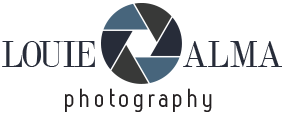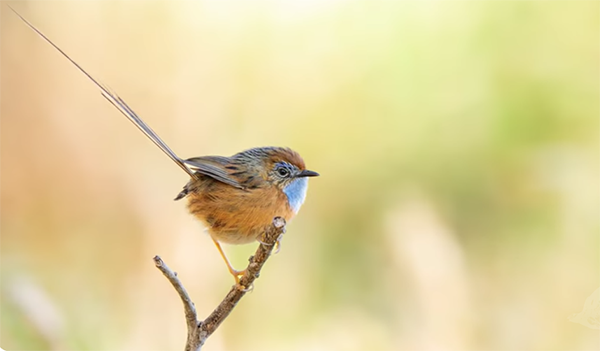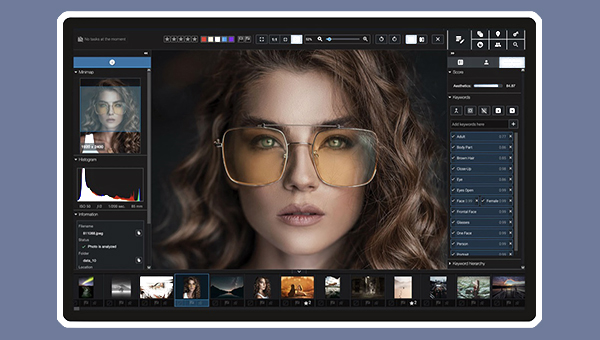Want Perfectly Exposed Photos Without Manual Mode? Do This (VIDEO)
We’ve all had the misfortune of nailing composition only to get a photo that’s too bright or way to dark. Despite what you may have been told, it’s not necessary to rotate your camera’s mode dial to M in order to avoid these exposure problems.
In the next six minutes you’ll learn how to use in-camera Exposure (EV) Compensation—a technique that one of our favorite instructors insists is the easiest way to take control of highlights and shadows in any scene.
Instructor Anthony Crothers is a British pro who regularly shares his shooting secrets, camera- settings advice, and artistic vision for creative imagery. He kicks off today’s episode like this: “Whether you shoot in Aperture Priority, Shutter Priority, or even Auto, EV Compensation lets you adjust exposure with precision without guessing or digging into complex settings.”

Crothers provides a quick overview of the concept, explains when you should use it, and demonstrates the simple steps required. He also reveals a quick-and-easy EV Compensation test that you can use before capturing a shot.
Here’s the root of the problem and the first thing Crothers wants you to understand: A camera’s meter is calibrated to deliver photos with an average value of 18% gray—whether you’re shooting a snow-covered landscape or a portrait of your black dog. But many scenes are far from “average.”
So here’s the deal: EV Compensation is the solution for capturing images with white whites, black blacks, and everything in between. This simple setting is useful for nailing exposure in trickly conditions, like snow, sunsets, backlit portraits, and with subjects that are predominately bright or unusually dark.

The technique can be used with mirrorless cameras, DSLRs, and even compact camera when shooting in Program mode. Once you understand the real reason your camera is getting things wrong, the fix is almost instantaneous.
There’s much more to learn on Crothers’ informative YouTube channel, so take a close look when you have time to explore.
And don’t miss the tutorial we featured earlier with an accomplished German pro who demonstrates how to master manual focus and capture sharp, professional-looking photographs—even in tricky lighting conditions.







